Here's everything you need to know about the Google Pixel 9 Pro Fold, Google's latest book-style foldable phone.

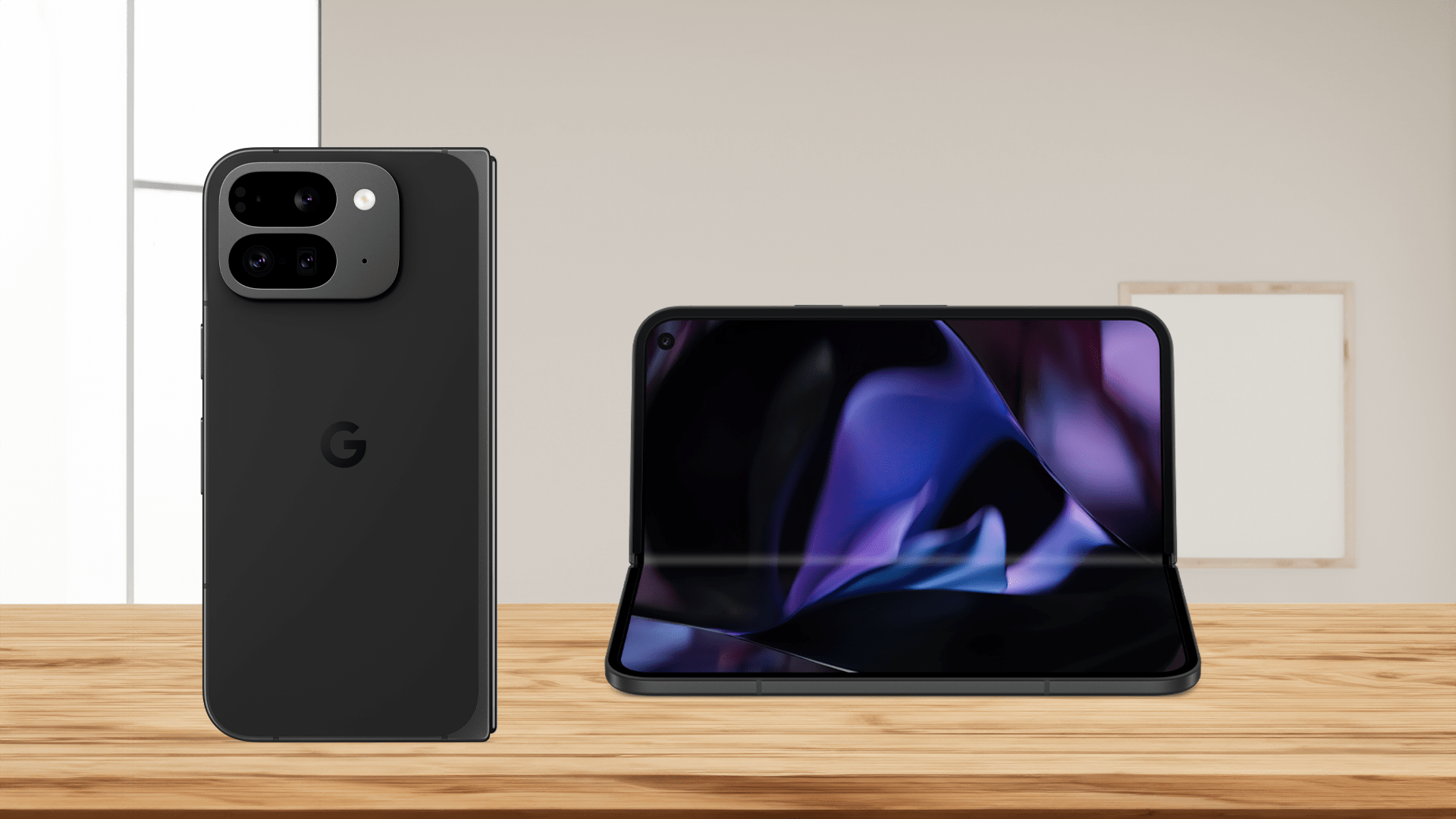
Last year, Google unveiled the Pixel Fold, their first-ever book-style foldable phone. While it got a lot of praise for being quite thin, wide, good at taking photos, and having clean software, it was criticized for launching with an outdated chipset and missing out on a lot of features available on its lower-priced siblings. With the new Pixel 9 Pro Fold, however, Google has fixed most of the issues that plagued its first-generation foldable. Here's everything you need to know about the Google Pixel 9 Pro Fold.
If you're curious about the other three phones in the Pixel 9 series, ie. the Pixel 9, the Pixel 9 Pro, and the Pixel 9 Pro Fold, then check out the following article for our launch coverage:
Pre-order links (affiliate links that support me!):
The obvious answer is: It folds. The reason I'm starting with this is not to state the obvious but rather to highlight just how many aspects of the Pixel 9 Pro Fold are actually similar to the Pixel 9 Pro and Pixel 9 Pro XL. For example, the Pixel 9 Pro Fold has the exact same chipset (Tensor G4), memory capacity (16GB), camera features (excluding 8K30 Video Boost), software features, software support (7 years), connectivity options (NFC, dual SIM, UWB, Wi-Fi 7, etc.), ports (USB Type-C 3.2), audio features (like spatial audio), charging options (wired and wireless), and perks as the Pixel 9 Pro and Pixel 9 Pro XL.
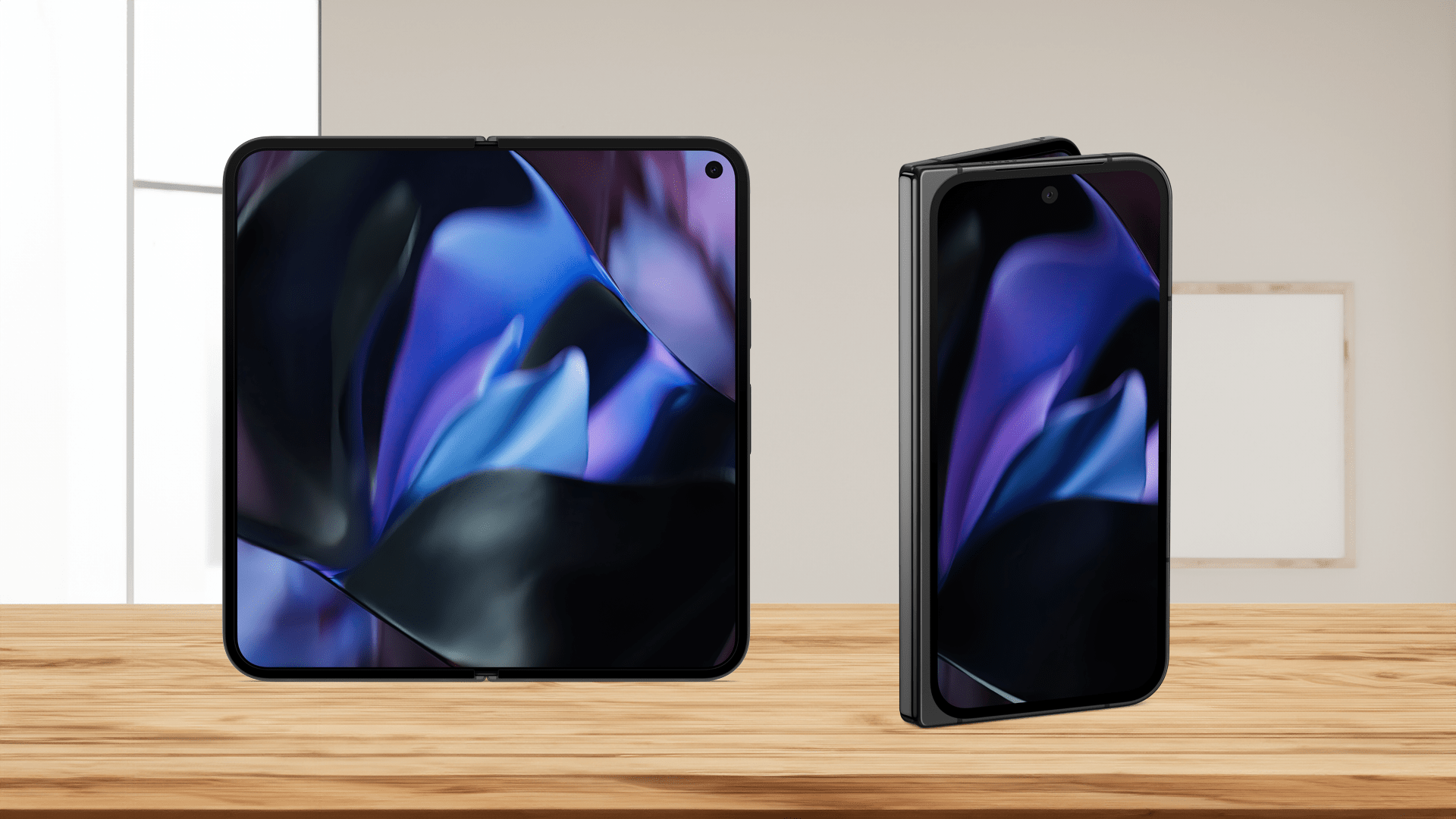
Some of the minor differences between the Pixel 9 Pro Fold and the Pixel 9 Pro and Pixel 9 Pro XL include:
The major differences between the Pixel 9 Pro Fold and the other two Pixel 9 Pro phones are all external: They have dramatically different designs, displays, and cameras.

One of the first things you'll notice about the design of the Pixel 9 Pro Fold is how different its camera bump is compared to the rest of the Pixel 9 series. Instead of having an oval-shaped bar that extends most of the width, it has what I can best describe as an island that sits at the top left. That island houses a triple camera array plus a multi-zone LDAF sensor, LED flash, and microphone. The lack of a visor-like camera bar might make the Pixel 9 Pro Fold less recognizable from afar, but the presence of a G logo on the rear should immediately pin the device as a Google phone.
Like the other phones in the Pixel 9 series, the Pixel 9 Pro Fold has a display with fairly rounded corners: two of them, in fact. However, the corners that meet the hinge aren't rounded, so the phone might dig into your palm a bit when held in its folded state.
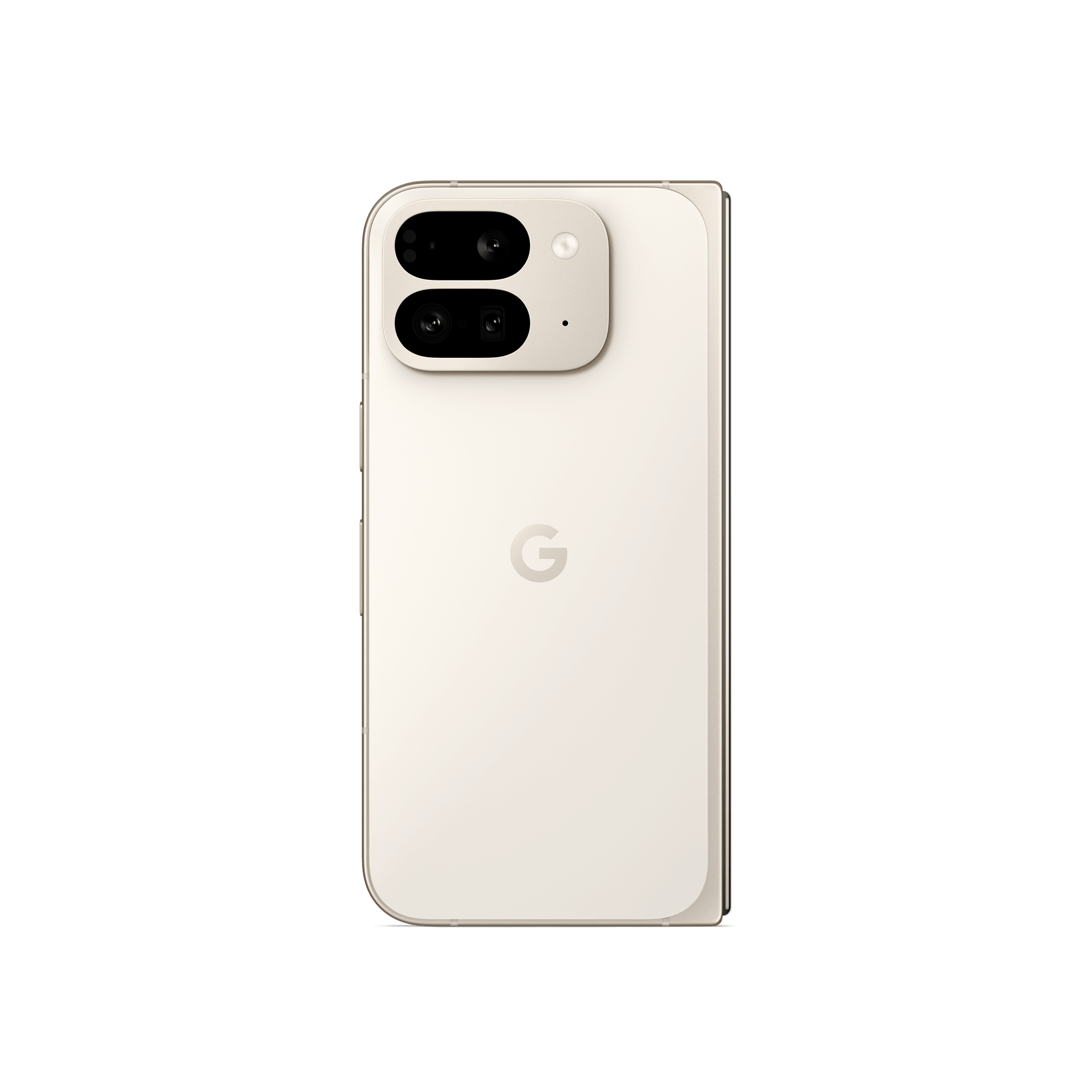
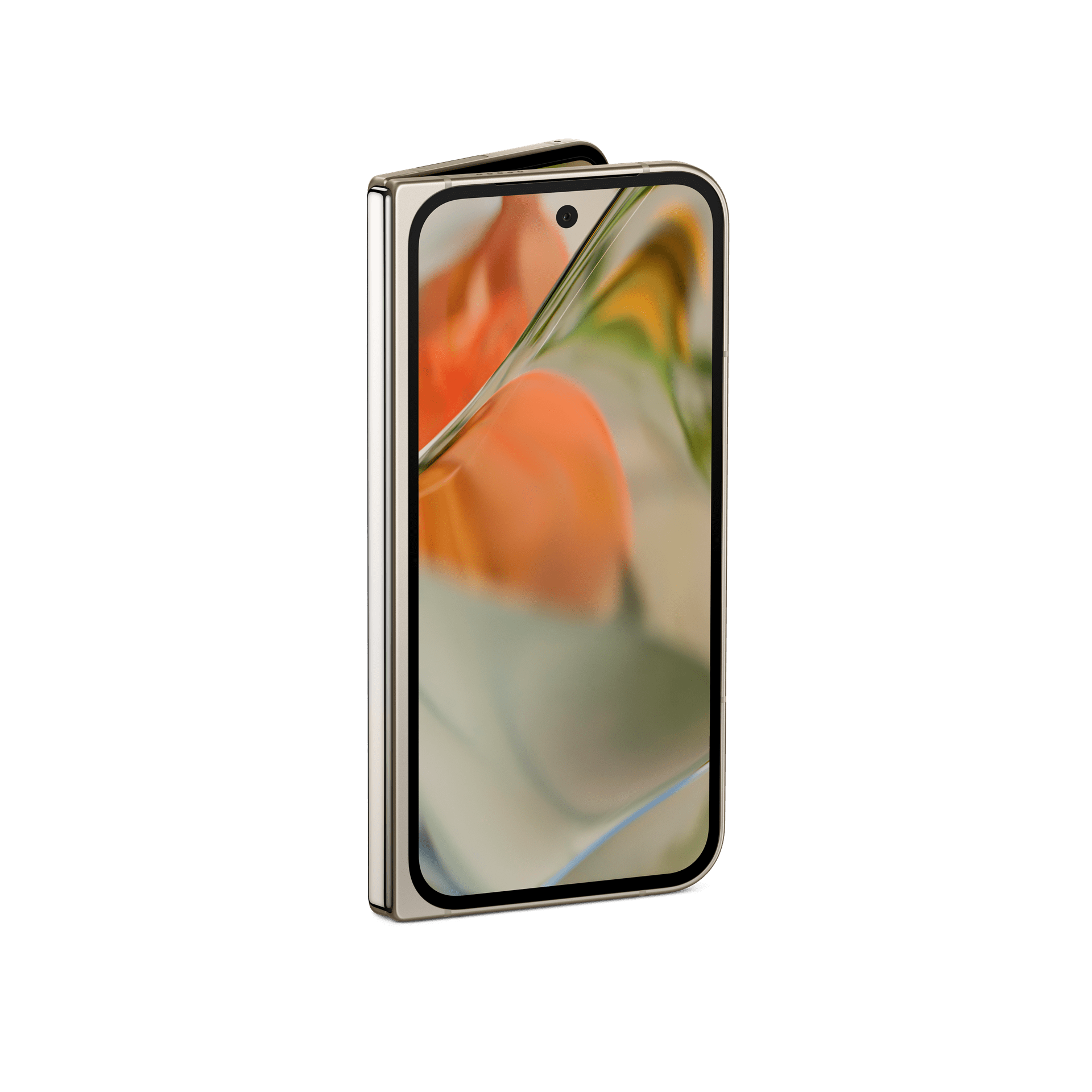
The Pixel 9 Pro Fold in Porcelain, closed and folded.
The Pixel 9 Pro Fold is both thinner and lighter than the original Pixel Fold. It's only 10.5mm thick when folded, excluding the thickness of the camera bump, which is 1.6mm thinner than the original Pixel Fold. It weighs 257g which is 26g lighter than the Pixel Fold. While it's still quite a bit thicker and heavier than slab phones like the Pixel 9 Pro XL, its new, thinner profile compares quite favorably to other book-style foldables sold in the U.S. like the OnePlus Open (11.7mm) and the Samsung Galaxy Z Fold 6 (12.1mm). However, its thickness and weight fall short of some foldables sold in China like the Xiaomi MIX Fold 4.
Like the Pixel 9 Pro, the Pixel 9 Pro Fold features a silky, soft touch matte glass back. Borrowing from the Pixel 9, though, the Pro Fold also has a satin metal frame. The all-important hinge is made of stainless steel with an "aerospace-grade high-strength aluminum alloy cover." Google promises this hinge will let the Pro Fold hold up "fold after fold," though they didn't say how many folds the hinge is rated to endure. For reference, the hinge in last year's Pixel Fold was rated to endure over 200,000 folds and unfolds.
Similar to the original Pixel Fold, the new Pixel 9 Pro Fold is IPX8 rated for water but not dust resistance. Both screens are protected by a layer of Corning's Gorilla Glass Victus 2.
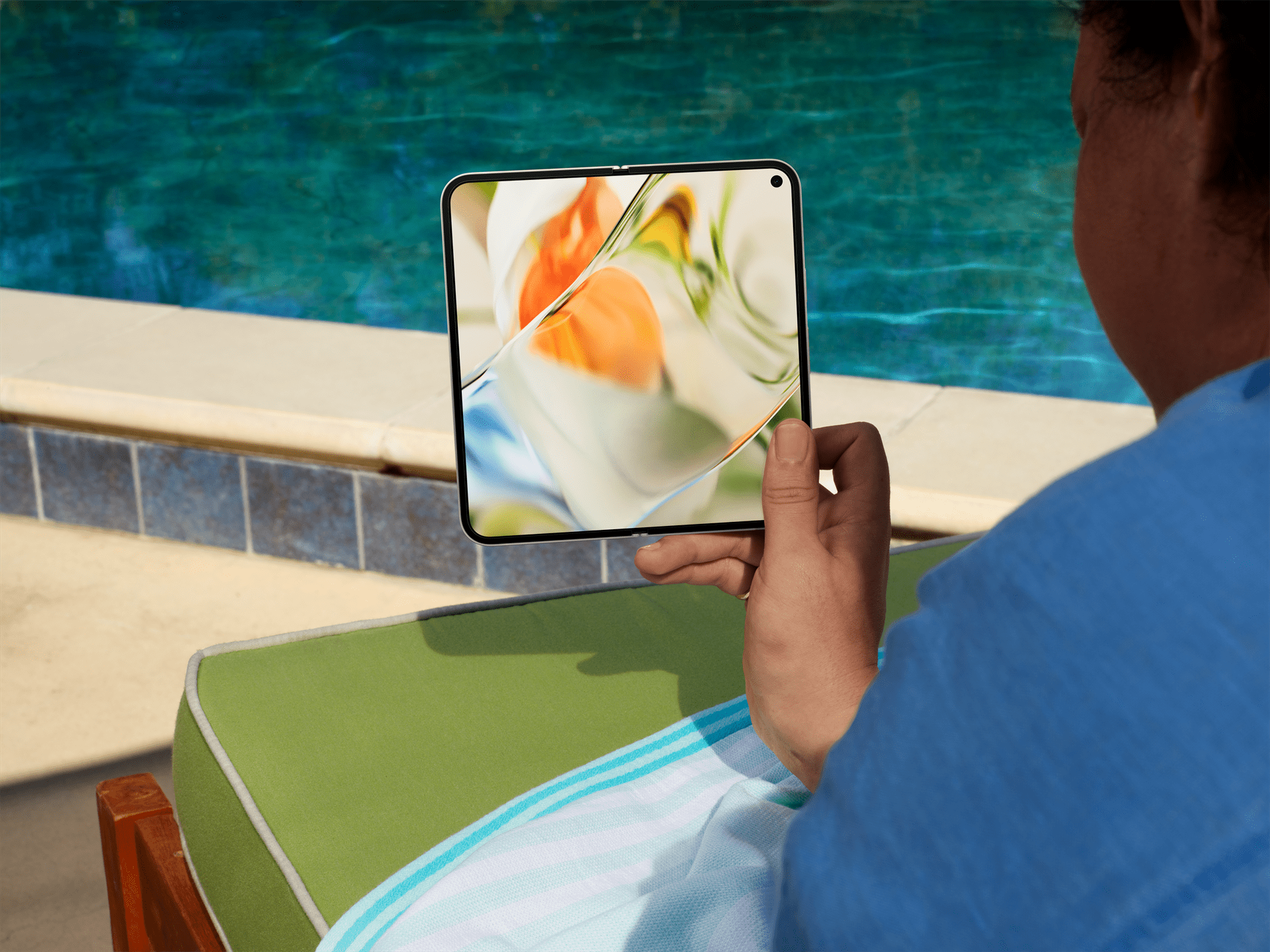
Compared to the original Pixel Fold, the Pixel 9 Pro Fold is dramatically narrower. The Pixel Fold had an inner screen resolution of 2208 x 1840 and, when unfolded, was 139.7mm long and 158.7mm wide. The Pixel 9 Pro Fold, in contrast, has an inner screen resolution that's much closer to a square in terms of aspect ratio and, when unfolded, measures 155.2mm long and 150.2mm wide. This brings the inner display more in line with other squarish book-style foldables like the aforementioned Galaxy Z Fold 6 and OnePlus Open.
More specifically, the inner display is an 8-inch "Super Actua Flex" display that reaches a peak brightness of 2700 nits (1600 nits when viewing HDR content), which is 80% brighter than last year's inner display. It uses an LTPO OLED panel featuring a resolution of 2152 x 2076 at 373 PPI and a variable refresh rate between 1-120Hz. A layer of Ultra Thin Glass adds a bit of extra durability.
Google's decision to make the Pixel 9 Pro Fold narrower also impacts the cover display. The Pixel 9 Pro Fold's cover display is taller than the 5.8-inch one in the Pixel Fold. It has an aspect ratio of 20:9 now compared to 17.4:9 in the previous model. More specifically, the cover display is a 6.3-inch "Actua" display that reaches a peak brightness of 2700 nits (1800 nits when viewing HDR content). It uses an OLED panel featuring a resolution of 2424 x 1080 at 422 PPI and an adaptive refresh rate between 60-120Hz.
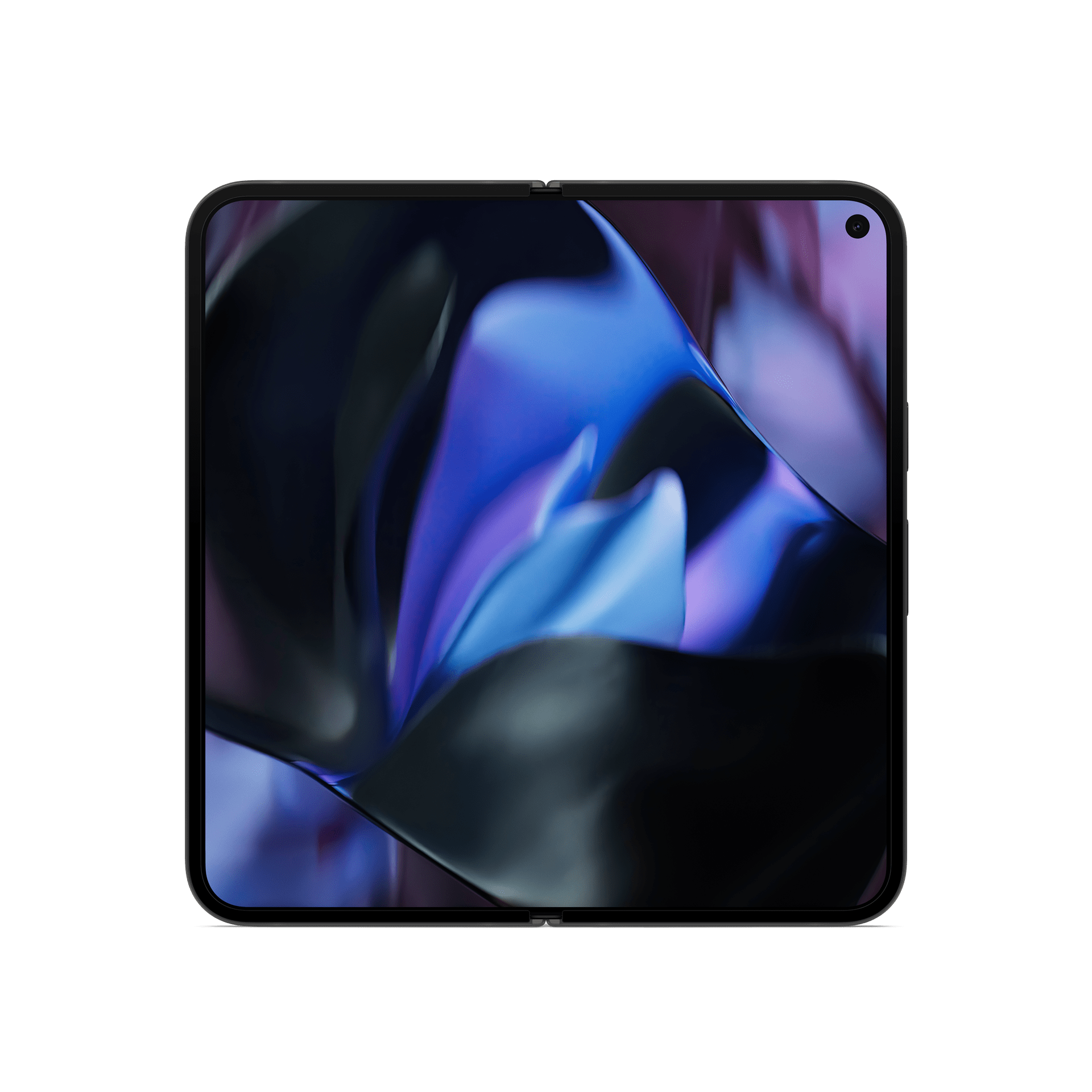
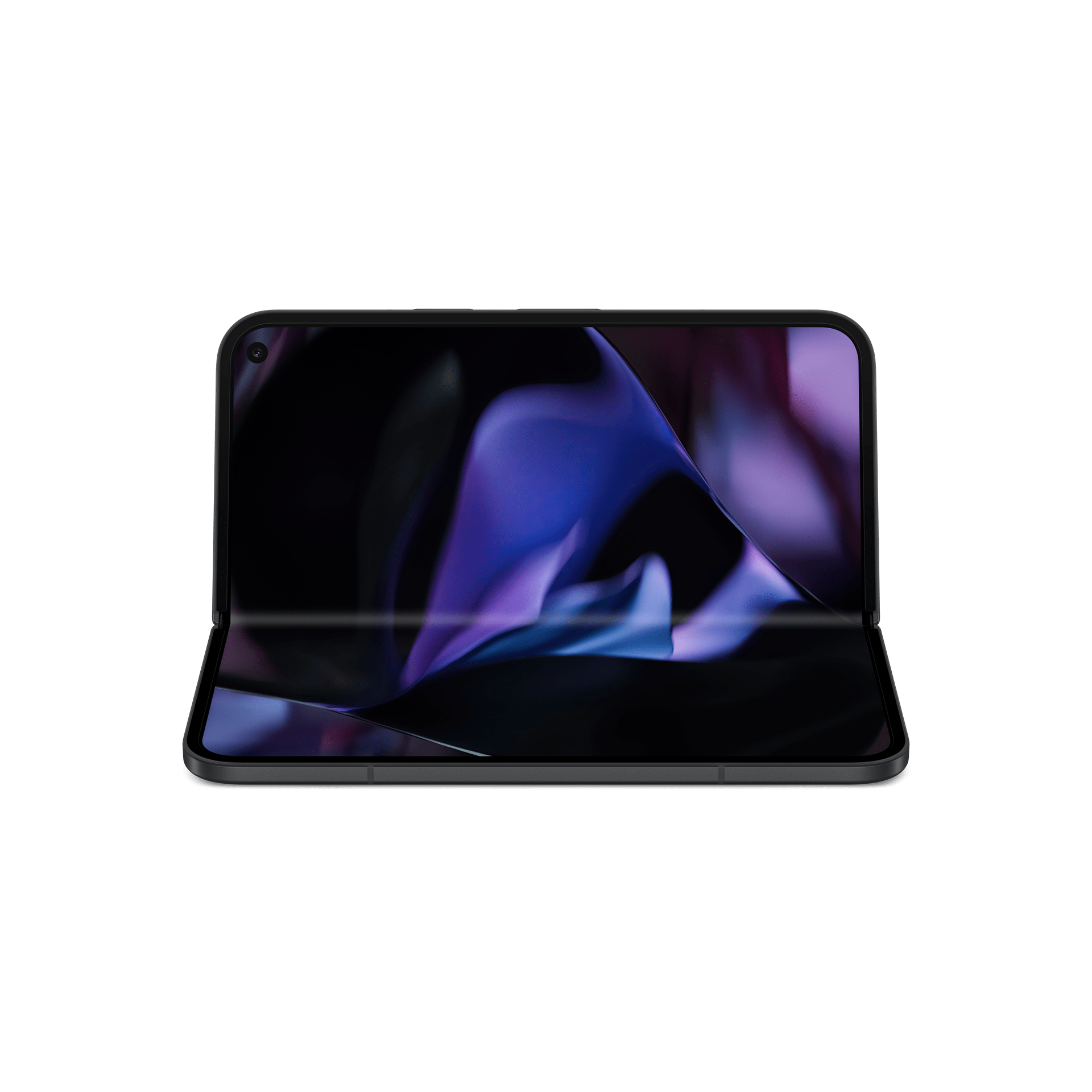
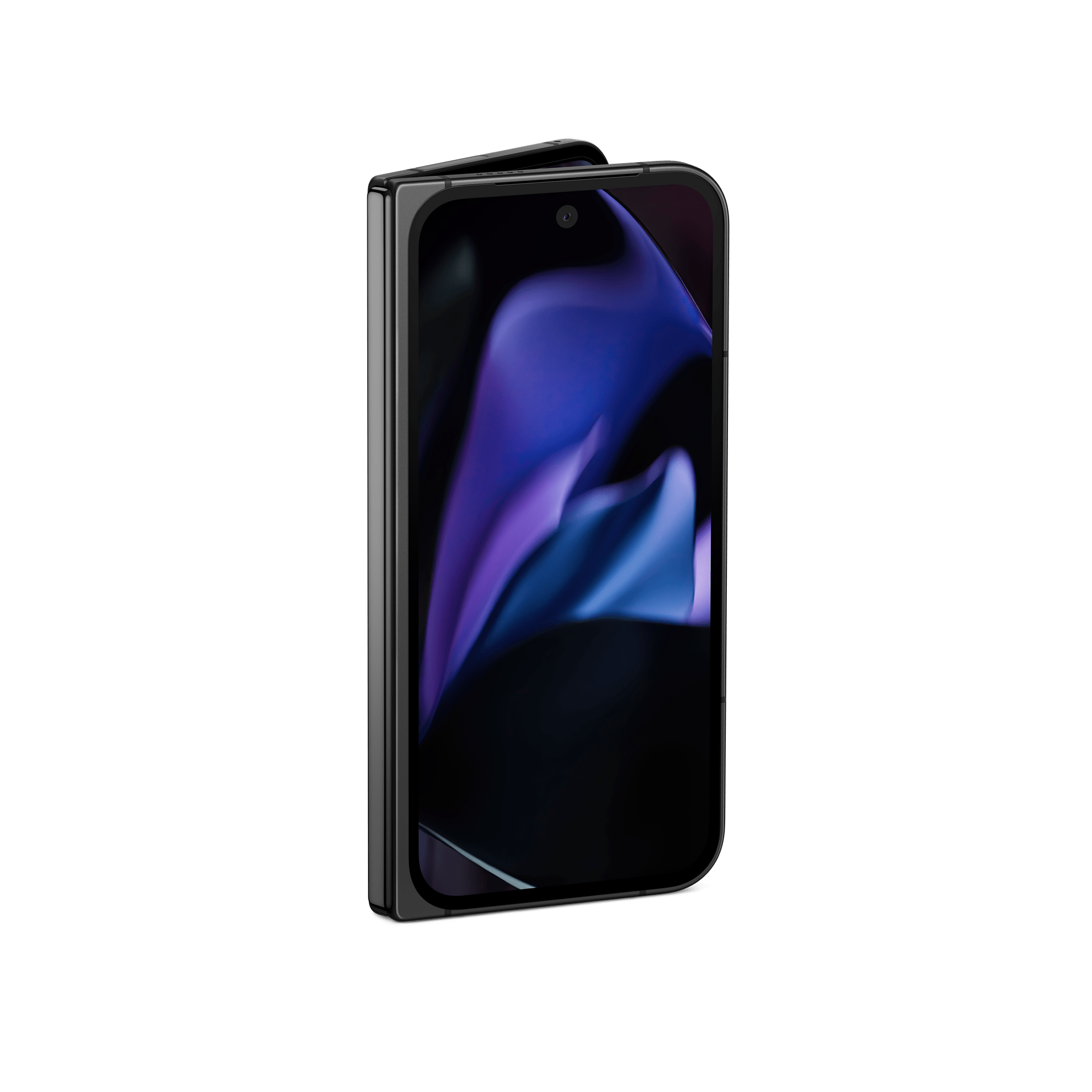
The Pixel 9 Pro Fold's display when unfolded (left), half-folded in tabletop mode (middle), and mostly folded (right).
The Pro Fold's hinge can keep the device propped up at various angles, letting the device be put into "tabletop" or "tent" mode. The variable hinge angle allows for a lot of creativity when it comes to taking pictures or recording videos, a facet that Google is once again leaning on with the Pixel 9 Pro Fold.
When it comes to cameras, the Pixel 9 Pro Fold doesn't offer improved optics compared to the original Pixel Fold. Google equipped the Pixel 9 Pro Fold with a triple-rear camera system comprised of a 48MP wide-angle main lens with a f/1.7 aperture, a 10.8MP ultra wide-angle secondary lens with a 127˚ field-of-view and Macro Focus support, and a 10.8MP telephoto tertiary lens with 5X optical zoom. Because the resolution of the Pro Fold's telephoto camera is lower than on the regular Pro, the Pixel 9 Pro Fold only supports Super Res Zoom at up to 20X zoom, which is unchanged from last year.
Though the optics are unchanged, it's worth noting that the new phone has an upgraded ISP and camera software, so it's likely that photos and videos will still look better. Plus, the camera system is still decent among book-style foldable phones.
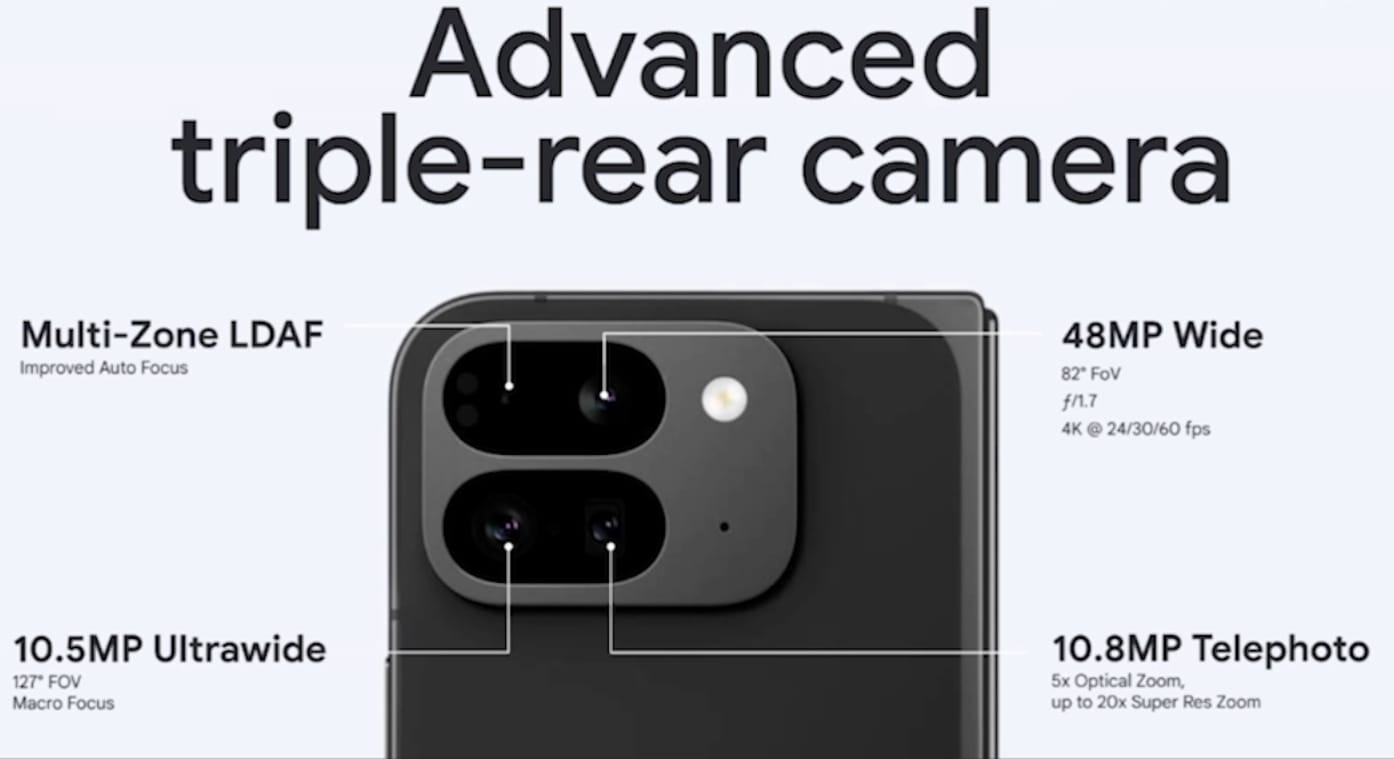
Like many other book-style foldables, the Pixel 9 Pro Fold lets you easily capture selfies using the rear camera. While most phones require you to blindly capture selfies with the rear camera, book-style foldables like the Pro Fold can show the camera preview on the cover screen.
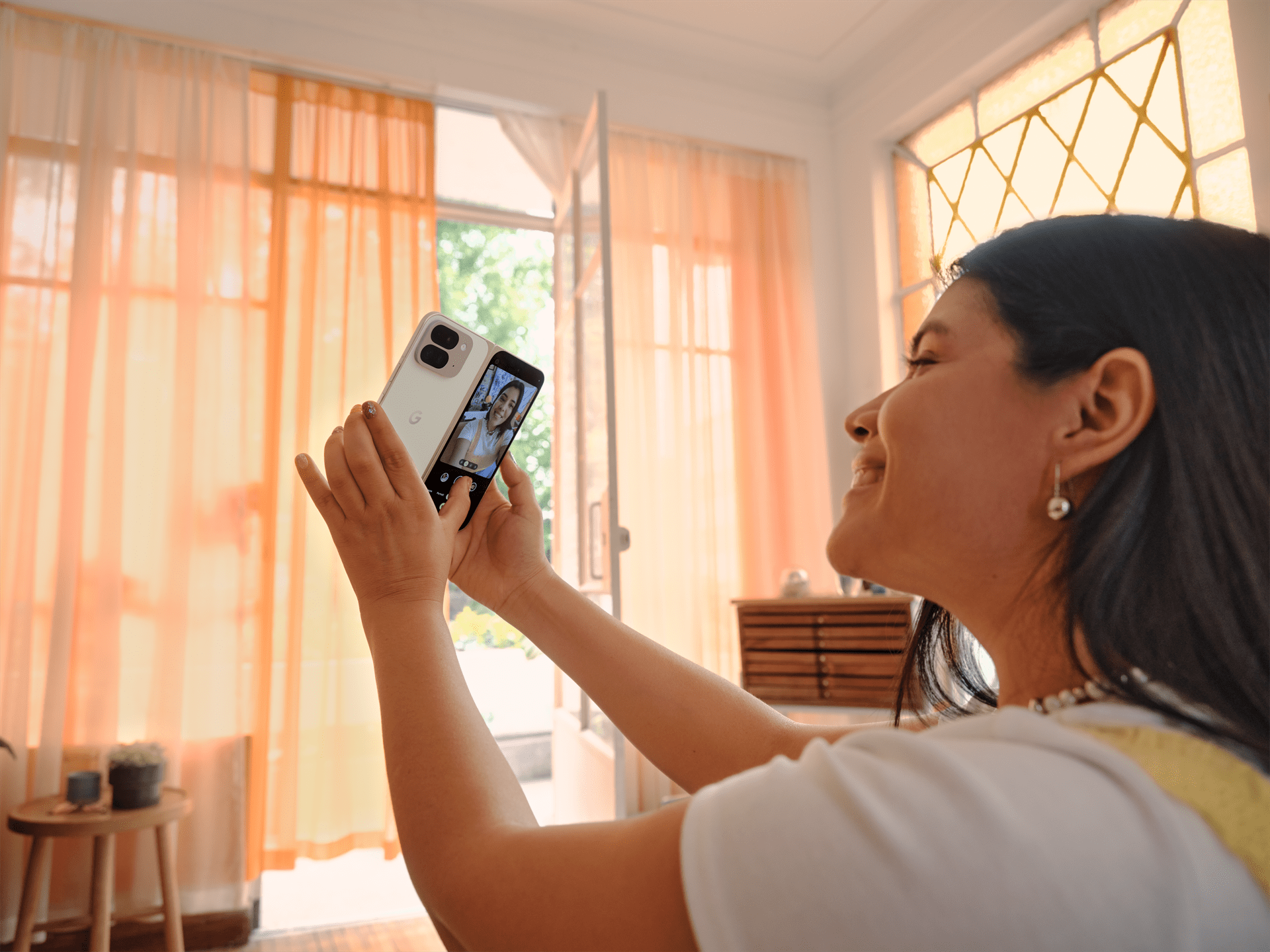
Both screens of the Pixel 9 Pro Fold can be utilized while taking photos, too. When you're taking a group photo, for example, you can see the camera viewfinder on the inner display while the group you're taking a photo of can see a preview on the cover screen.
Google is extending this dual display concept with a new feature on the Pixel 9 Pro Fold called Made You Look. This feature displays a cartoonish animation on the cover screen that grabs the attention of children while you're trying to take a picture of them.
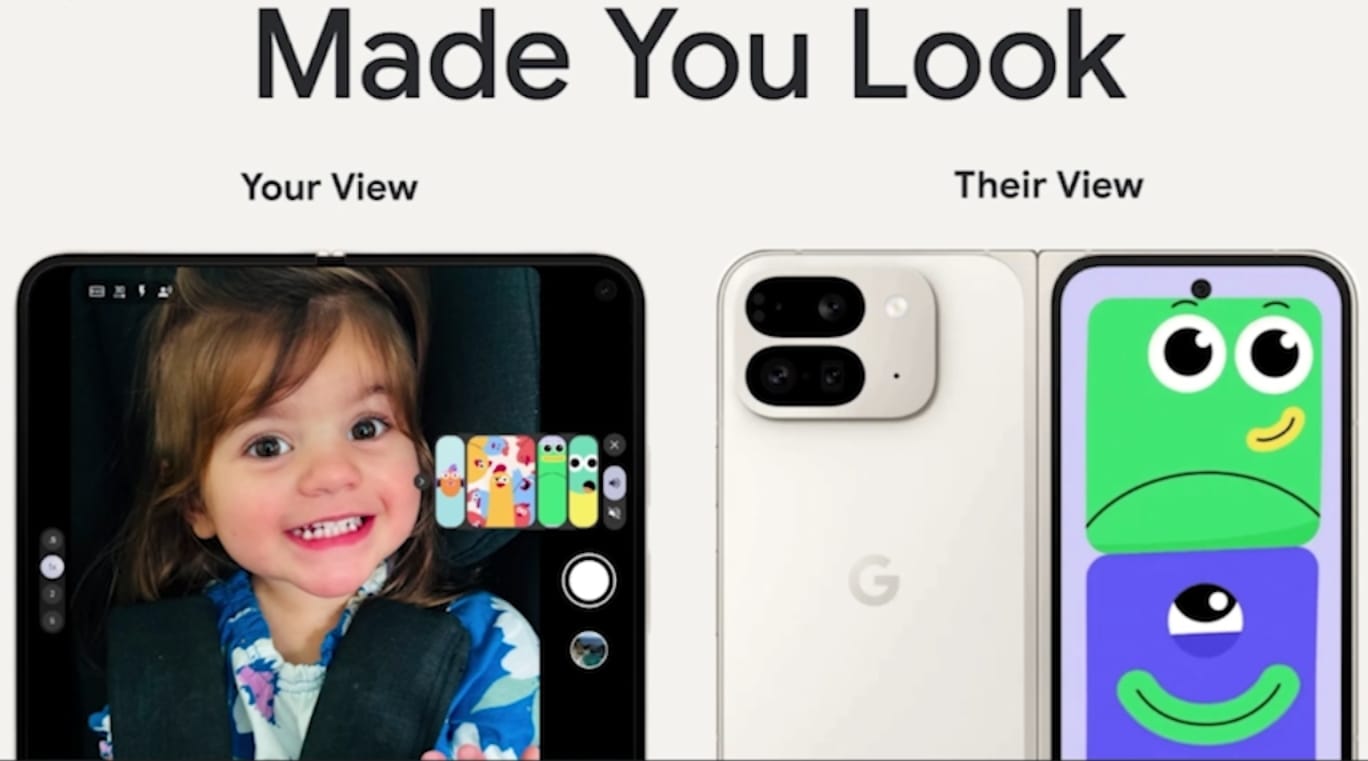
And just like the Pixel 9 Pro and Pro XL, the Pixel 9 Pro Fold supports nearly all of Google's new AI camera features, including Night Sight Video with Video Boost, Add Me, Zoom Enhance, Auto frame in Magic Editor, Reimagine in Magic Editor, and Panorama with Night Sight. The only feature that seems to be missing from the Pro Fold is 8K30 upscaling through Video Boost.
The Pixel 9 Pro Fold debuts with the same version of Google's Android software as the other phones in the Pixel 9 series. Surprisingly, that software is based on Android 14 and not the imminent Android 15 release, though that will soon be rectified via a post-launch OTA update.
In any case, the Pro Fold has all the same new Google AI software features as the Pixel 9, including the Pixel Screenshots app, Call Notes, Pixel Weather, and Pixel Studio. It also, like the Pixel 9, supports the new Satellite SOS feature as well as all the existing ones like Call Assist, Car Crash Detection, Now Playing, and much more. However, there are a couple of software features on the Pixel 9 Pro Fold that aren't available on the Pixel 9, including:
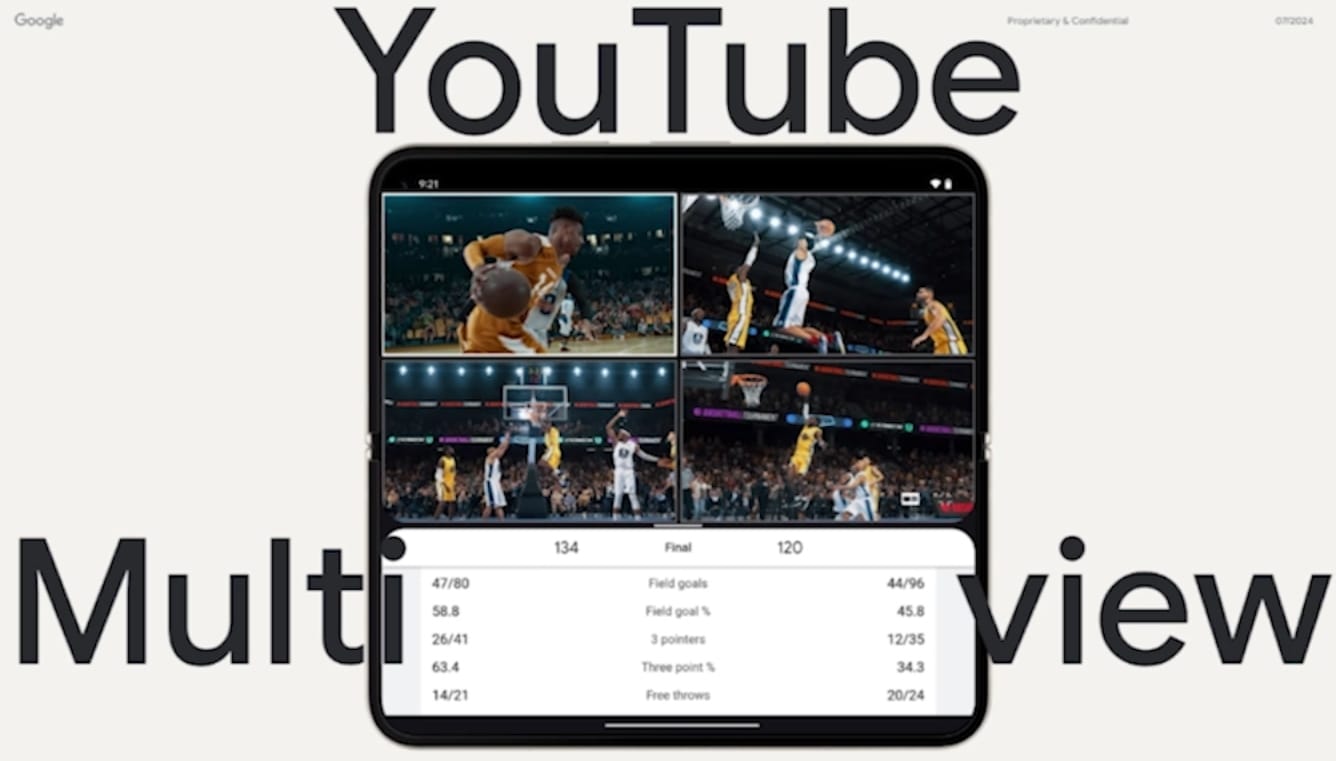
A few applications like YouTube take advantage of tabletop mode to show a video feed on the top half of the screen and media controls on the bottom half. As foldables become more popular, the hope is that more applications will become foldable-aware.
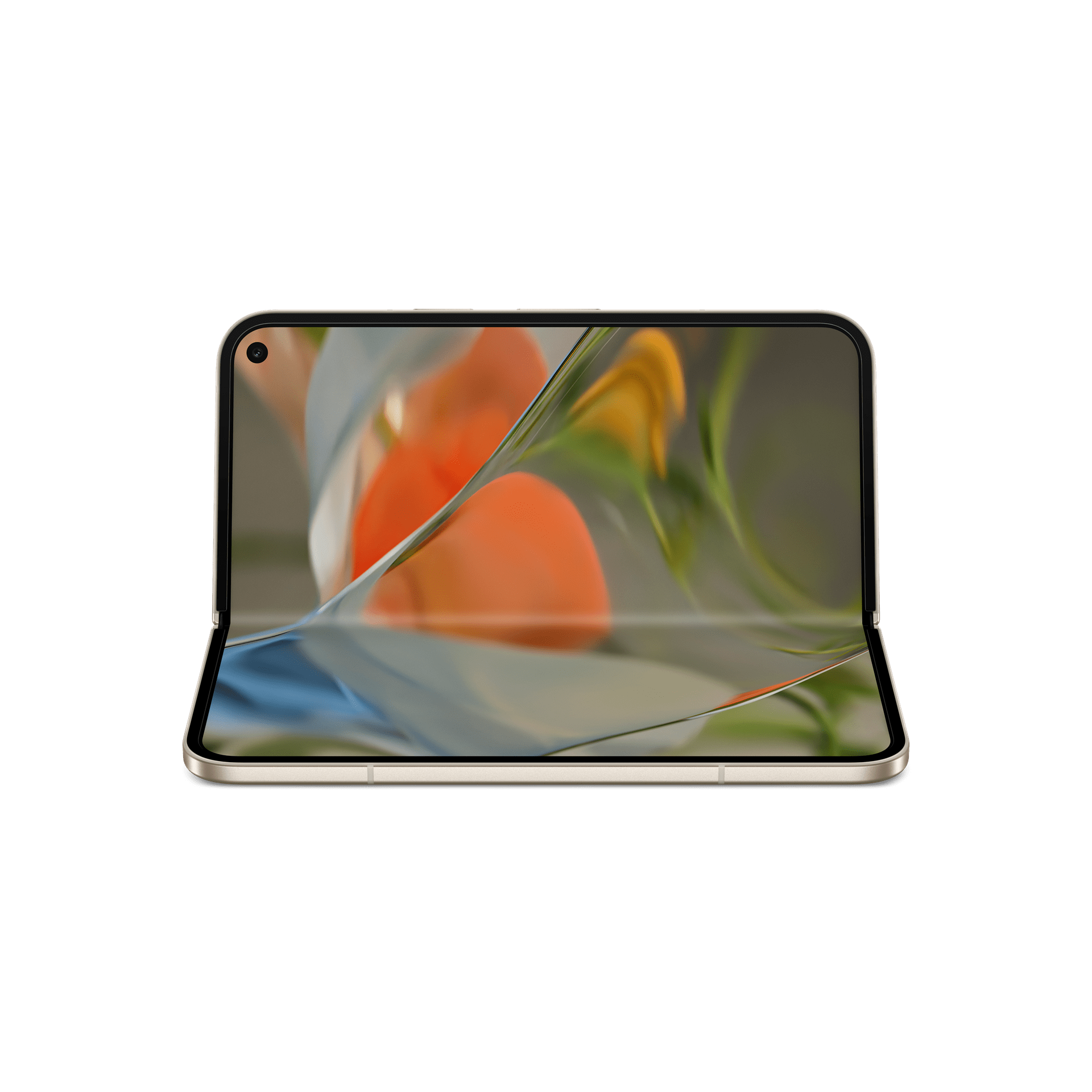
Google promises to deliver 7 years of OS, security, and Pixel Drop updates to the Pixel 9 Pro Fold. That's significantly longer than what they promised for the original Pixel Fold, which was 3 years of OS and Pixel Drop updates and 5 years of security updates. It remains to be seen whether the hinge will last that long, but if it does, Pixel 9 Pro Fold owners won't have to upgrade their phone until it reaches EOL in 2031.
The Google Pixel 9 Pro Fold costs $1,799 in the U.S. It's available for pre-order today and will be generally available on September 4. It comes with 16GB of RAM and either 256GB or 512GB of storage. The available color options include Porcelain and Obsidian. If you purchase a Pixel 9 Pro Fold, you'll get 3 months of YouTube Premium, 6 months of Fitbit Premium, and 1 year of the Google One AI Premium Plan.
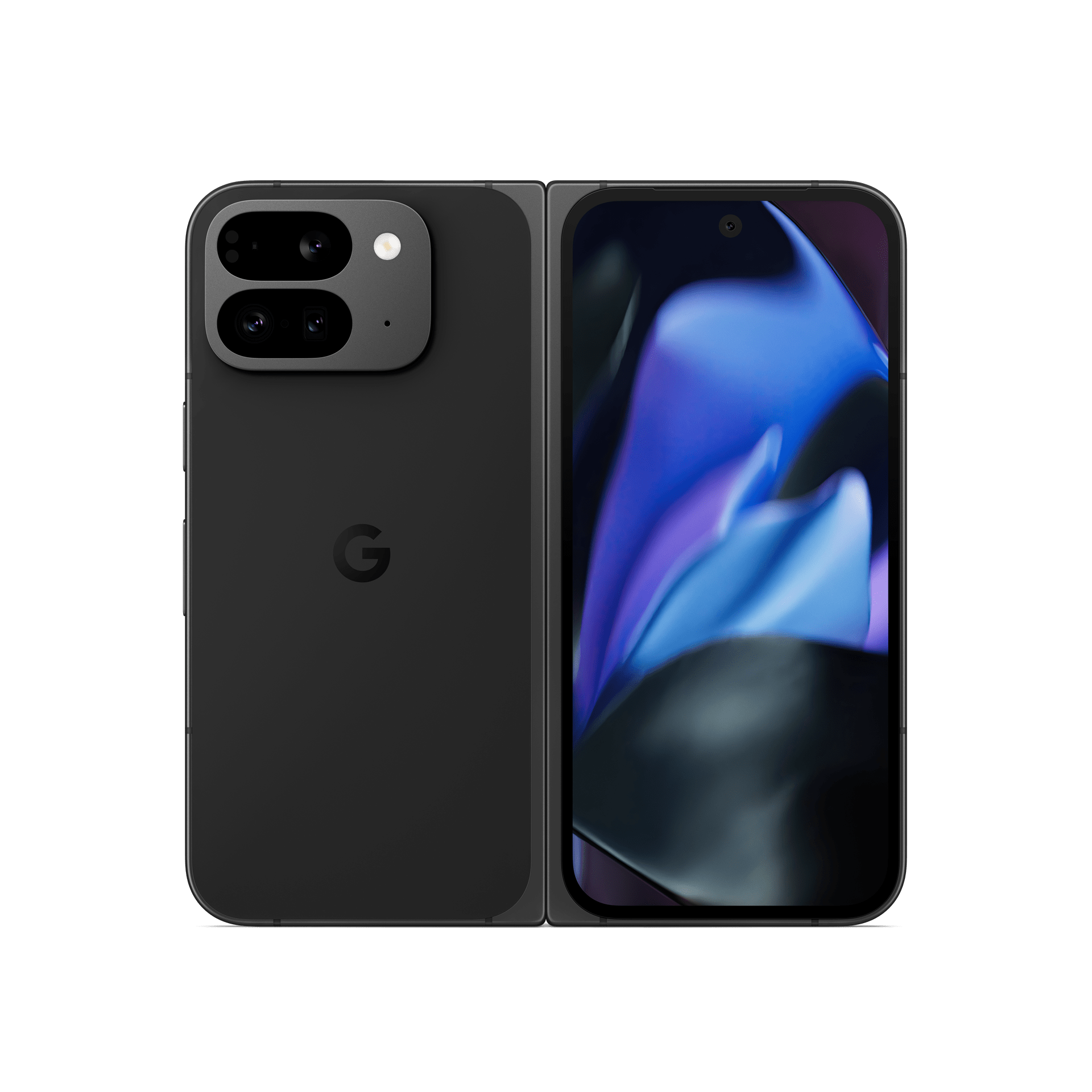
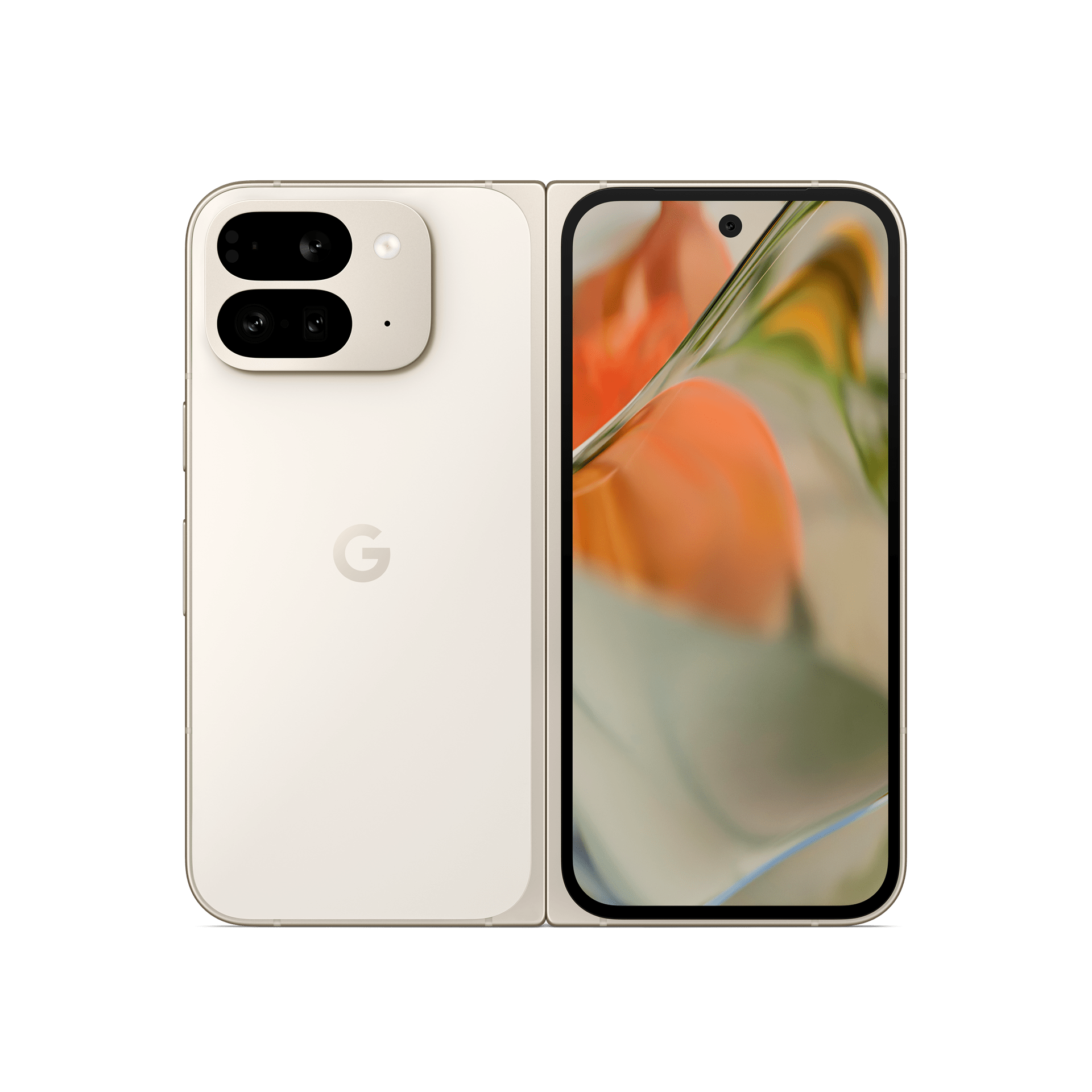
Left: Pixel 9 Pro Fold in Obsidian. Right: Pixel 9 Pro Fold in Porcelain.
Although the Pixel 9 Pro Fold isn't being offered in the same Hazel and Rose Quartz colorways as the Pixel 9 Pro, Google is selling an "Aloe" case that not only protects the screens and hinge but also adds a bit of color. They're also selling matching Obsidian and Porcelain cases, as you can see below.
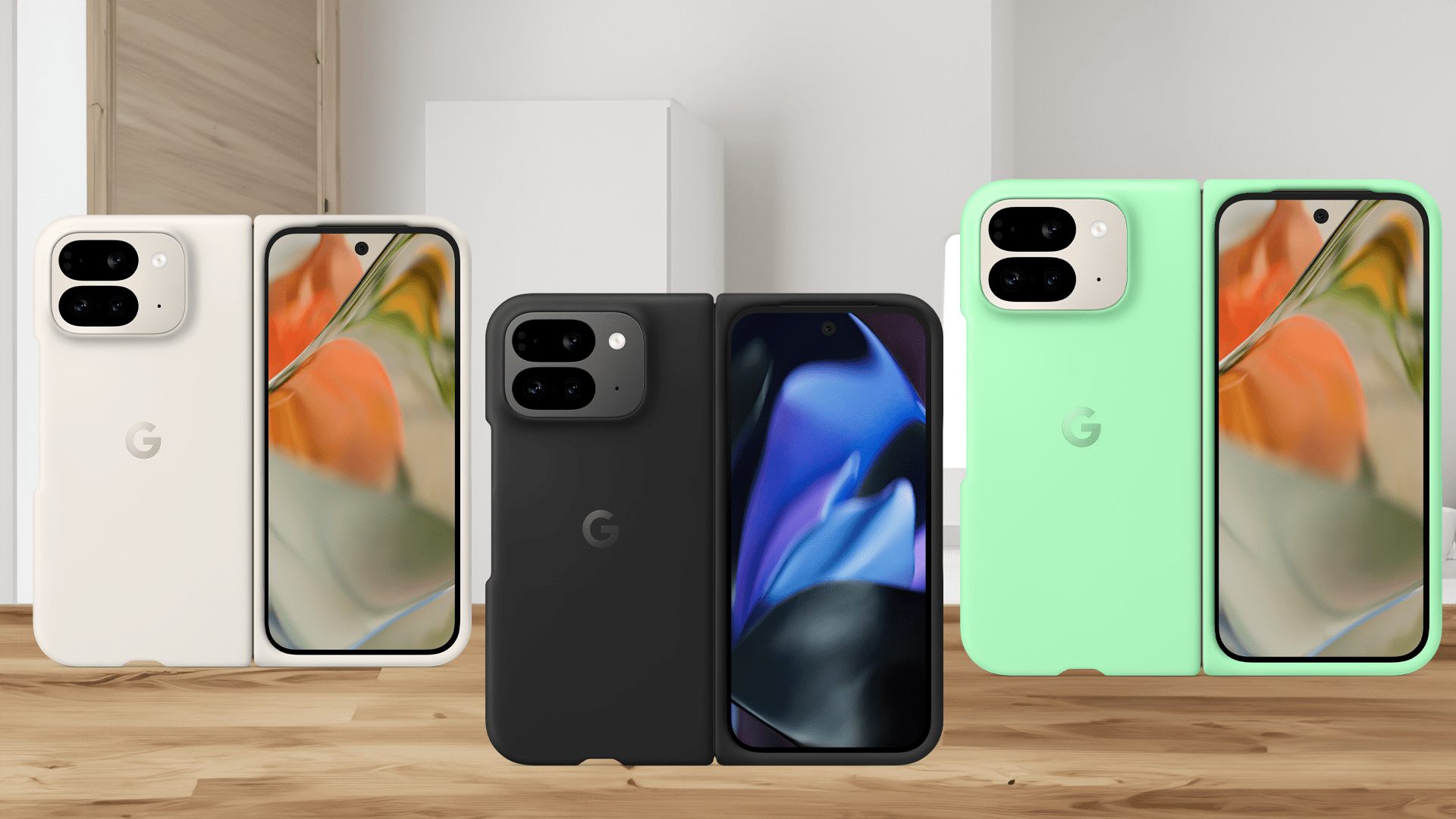
Left to right: Pixel 9 Pro Fold cases in Porcelain, Obsidian, and Aloe.
Pre-order links (affiliate links that support me!):
You can buy the Pixel 9 Pro Fold in the following territories:
Check the Google Store or your local major online/offline retailers for more information.
| Specification Category | |
| Feature | |||